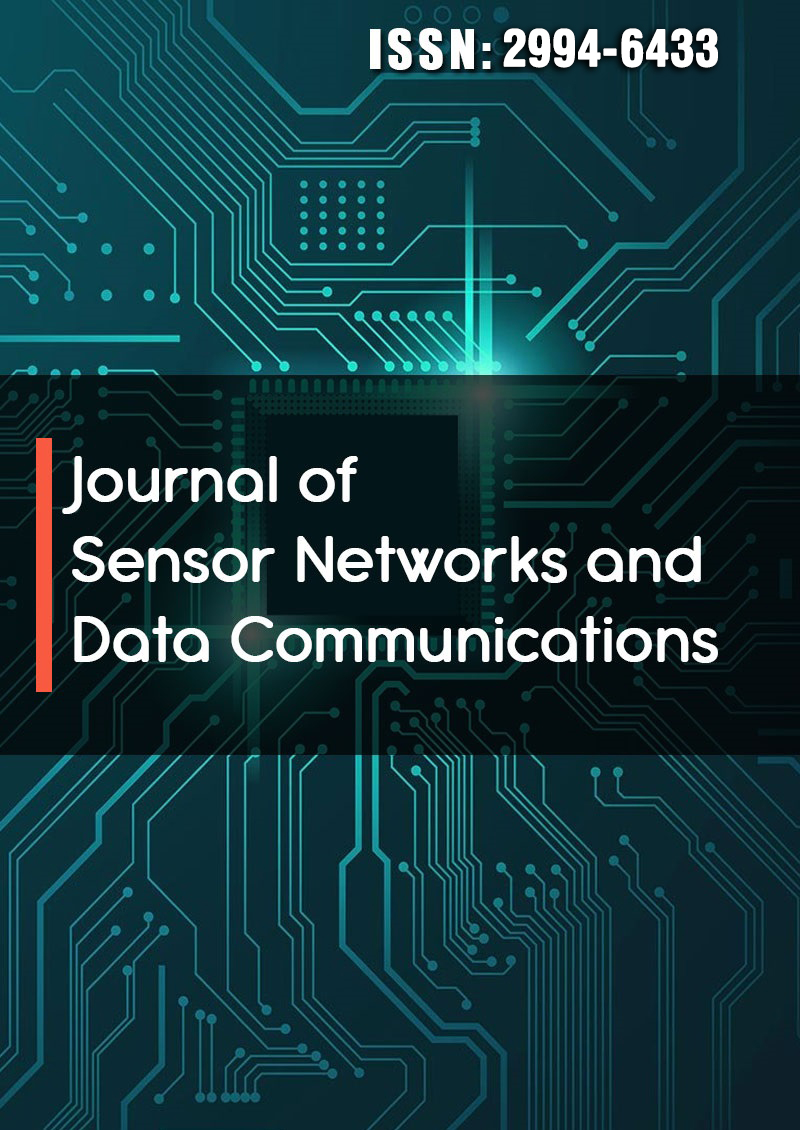Automatic Detection of Q-T Interval in Electro-cardiograph using MATLAB
Abstract
Amresh K Tiwari, Shahnaz Ayub and Gaurav Gupta
While measurement of QT prolongation in electrocardiogram (ECG) is important to clinical applications, but it is quite difficult to evaluate the performance of QT measurement algorithms usingclinical ECGs because the real values of the Q-point and T-end point changes are usually unknown and is difficult to detect. This research paper deals with the Abnormality Detection and its analysis using MATLAB tool software. In this paper, abnormity which is in concern is known as QT prolongation. Due to prolongation or extention of QT interval in the ECG graph obtained from abnormal patient, known as QT syndrome is caused. For the analysis purpose, Large number of data has been taken from QT database and MIT-BIH database. Someof the other useful data were also obtained from other useful sources such as ECG wave maven. In this paper, we have dealt only with the detection of QT interval and its detection. A MATLAB algorithm has been generated highest peak comparison method/Thresholding method which in turns detect the Q-wave and T-end point corresponding to its input samples. This algorithm is designed and analyzed with more than 100 samples taken from the various data base sources. It detects onset of the Q-wave and T-end point which in turn is used to calculate QT interval of the analyzed ECG sample. For Future prospects, detection of QT syndrome from a large number of ECG samples via can be done by designing artificial neural network using MATLAB programming. Inputs weights of the ANN must be trained in such a way that output of the ANN should be 1 for QT syndrome and for rest of the condition, output will be 0(including normal and other arrythmia).



